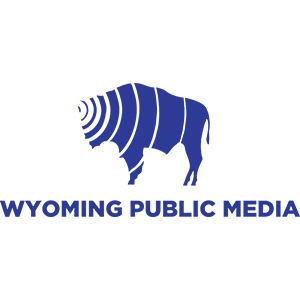“I think the fundamental challenge with all of this, as with most natural hazards, is it’s very hard for us to plan ahead for things,” said Dr. Kimiko Barrett of Headwaters Economics, a Montana-based nonprofit research group that works to improve community development and land management decisions across the country. “We are by nature reactive and responsive, in contrast to being anticipatory. Even after a wildfire occurs, we have a small window to actually mobilize and enact the transformative change needed before amnesia kicks in, or bias kicks in, where you feel that [because the fire] happened, it will never happen again.”



















